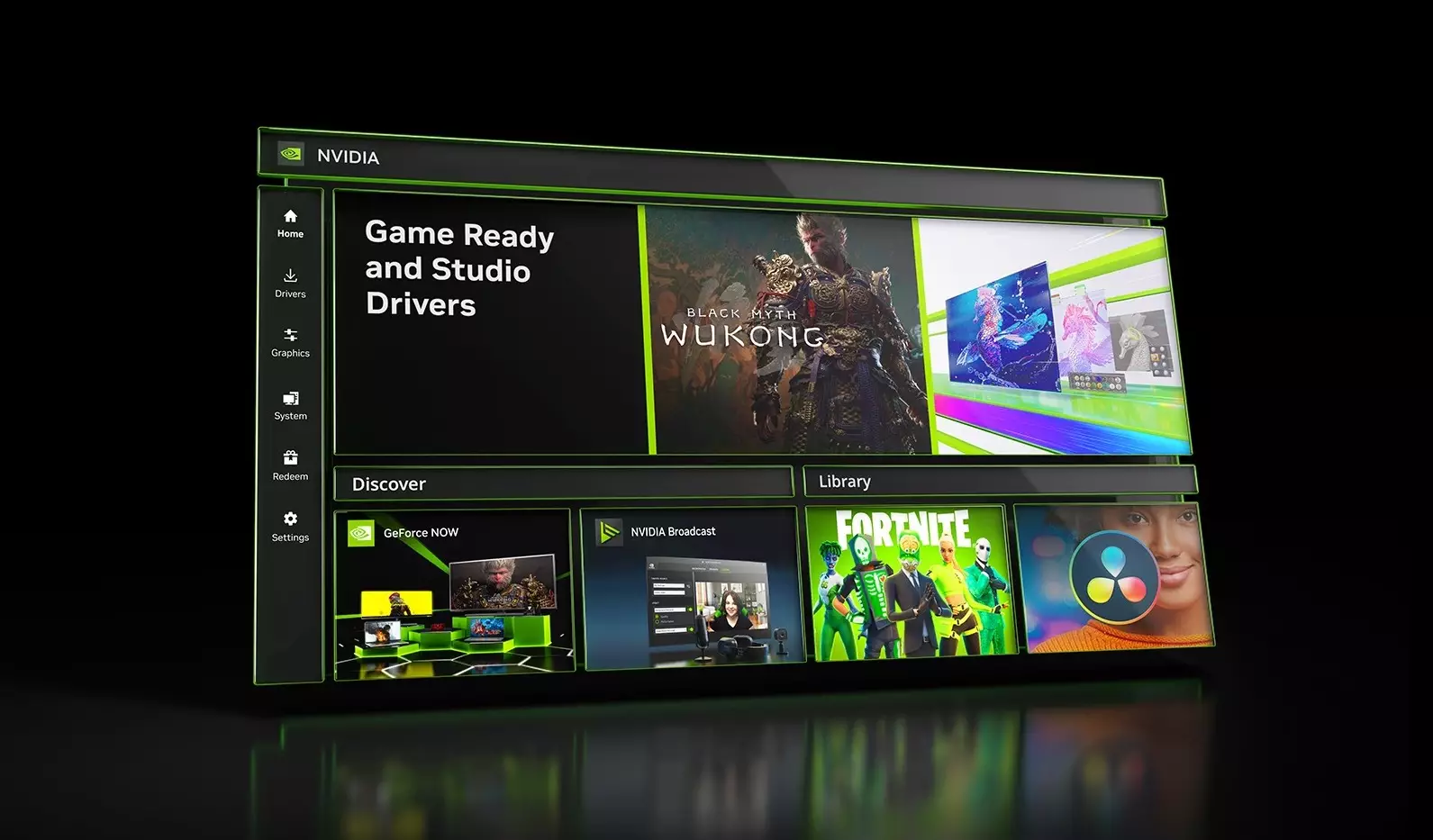Nvidia has long been at the forefront of graphics technology, and with each new release, the company continually demonstrates its commitment to delivering optimal performance for gamers. However, the recent spate of hotfixes surrounding the GeForce graphics driver reveals not only the complexities of maintaining performance but also the challenges Nvidia faces in meeting user demands. The latest iteration, version 576.26, raises questions about the company’s approach to software quality assurance and its ability to efficiently resolve pressing issues.
The Hotfix Dilemma: A Double-Edged Sword
The introduction of hotfixes like 576.26 has become a necessity for Nvidia, serving as a quick response to user-reported problems. Released shortly after version 576.15, this hotfix aimed to remedy lingering issues primarily affecting the RTX 50-series graphics cards. Among the reported problems were gameplay performance dips in popular titles such as *Black Myth: Wukong* and *Red Dead Redemption 2*, as well as monitor compatibility issues with LG displays. Nonetheless, concerns persist, with some users reporting that problems originally flagged as fixed remain unresolved.
While hotfixes can provide immediate relief, this approach also raises questions about the resources Nvidia allocates to quality assurance. The expedited release of these fixes—often touted as being “run through a much abbreviated QA process”—implies users are acting as guinea pigs. This rush may inadvertently compromise the overall reliability of Nvidia’s drivers, leading to a lingering cycle of bug reports and simultaneous releases.
User Experiences: A Mixed Bag of Reactions
Feedback from the community has been notably mixed, encapsulating the ongoing frustration many users feel. On one hand, some users report successful resolutions, such as improved connectivity for LG monitors when using DisplayPort 2.1 with HDR enabled. On the other hand, reports continue to surface about unresolved crashes in titles like *Horizon Forbidden West*, indicating that the hotfix hasn’t achieved its intended goals for every user.
The presence of similar complaints within Nvidia’s feedback threads serves as a powerful reminder of the trust users place in the company. However, the negative responses also highlight the pitfalls of dependency on hotfixes without comprehensive testing. The reality that hotfix drivers are considered optional and might not be published directly within the Nvidia App only adds to the challenge when it comes to user awareness and accessibility.
The Path Forward: Balancing Speed and Stability
Nvidia’s own advice to opt for WHQL-certified drivers suggests that the company acknowledges the limitations of its current hotfix strategy. While these drivers pass through rigorous testing processes and guarantee enhanced stability, the disparity between the rapid release of hotfixes and the tested environment of WHQL drivers amplifies the conversation about the need for a more holistic approach to software development.
The reality is that gamers cannot afford to switch between hotfixes and stable releases without risking performance, especially given the increasing complexity of modern gaming environments. Nvidia’s decision to continue updating drivers in smaller batches reflects a desire to keep pace with market expectations, but it must also prioritize a more thorough QA process to mitigate the backlash from the eager and vocal community.
The ongoing situation serves as an essential case study for technology companies. Nvidia’s experience underscores the importance of not just rapid solutions but also the foundational integrity of software releases. Considering that the full driver update is anticipated soon, it will be crucial for Nvidia to learn from the lessons of these hotfixes. They must strive to restore user confidence and ensure that future releases are less prone to critical issues upon launch.
As gaming technology continues to evolve, Nvidia’s challenge remains: how to deliver both speed and reliability without compromising the gaming experience. The solution lies in embracing user feedback, fostering transparent communication, and prioritizing rigorous testing processes before each release. Only then can they maintain their status as industry leaders while empowering gamers worldwide to experience unparalleled performance in every session.

